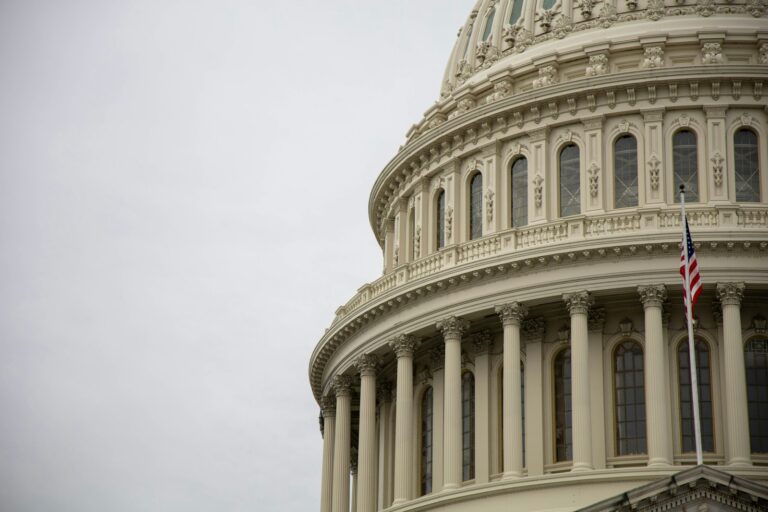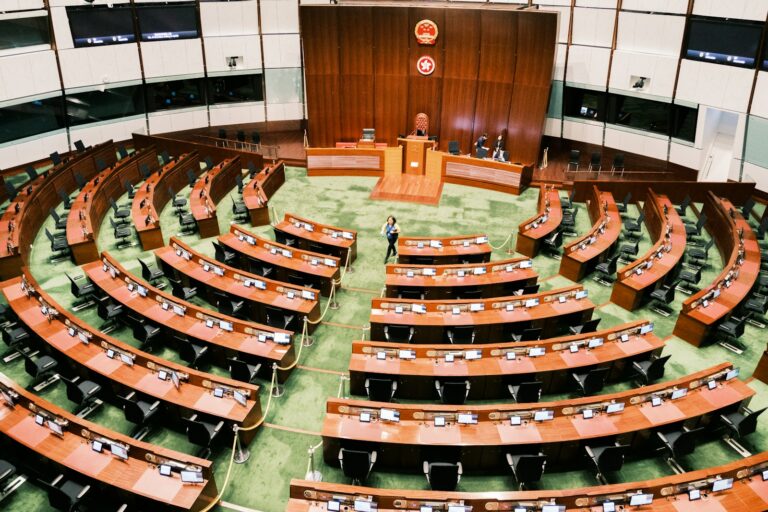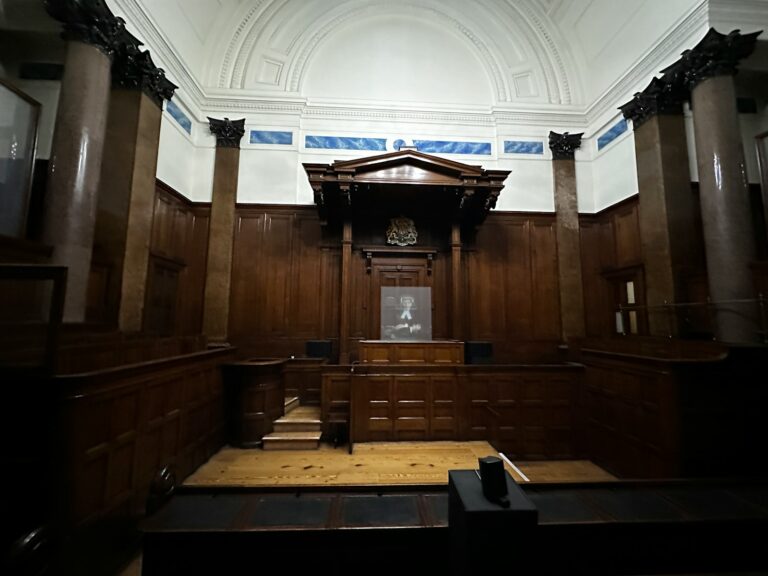Key Takeaways
– The Texas Senate approved new congressional lines in a mid-decade redistricting effort.
– Nine Senate Democrats walked out in protest, but Republicans still passed the map.
– House Democrats have stalled the map by leaving the state, denying a quorum.
– Absent lawmakers face daily fines and civil arrest warrants until they return.
– The new map could help Republicans keep control of the U.S. House after 2026.
What Happened
On Tuesday the Texas Senate voted 19 to 2 to approve new congressional district boundaries. Republicans pushed the plan through during a rare mid-decade redraw. Senate Democrats said the move was unfair. They left the chamber rather than stay and vote. Yet Republicans still had enough senators present to pass the map.
Why Democrats Walked Out
Senate Democrats called the process corrupt. They argued politicians were choosing their voters, not voters choosing leaders. In a joint statement they warned the practice would not stop. They pledged to fight any future gerrymandered maps before every election. Despite the protest, Republicans held their ground and kept a quorum.
Standoff in the House
Meanwhile, House Democrats have decamped to other states to block the map there. They first fled to Illinois and later to other locations. Their absence denies the Texas House the quorum it needs to work. Without that minimum number of members, the House cannot pass the map or any other bills.
Republican Response
Lieutenant Governor Dan Patrick and House Speaker Dustin Burrows say they will end the special session if Democrats stay away past Friday. Governor Greg Abbott said he would call a second special session with the same agenda. He also hinted at adding new items to the next session’s list.
Fines and Arrest Warrants
Texas Republicans have taken an aggressive stance. They signed civil arrest warrants for missing Democrats. Those lawmakers face five hundred dollars in fines each day they stay away. Abbott and Attorney General Ken Paxton even asked the state Supreme Court to expel some members from their seats.
How the Map Helps Republicans
The new boundaries reshape districts in ways that favor Republican candidates. Some districts blend areas with strong GOP support. Others split or shrink Democratic-leaning communities. In one case the map would pit two progressive incumbents against each other in District 37. Under the proposal, District 35 would no longer cover most of Austin, leaving its voters scattered.
Impact on Democratic Incumbents
Progressive Representative Greg Casar might see only ten percent of his current voters remain in his new district. His colleague Lloyd Doggett could face Casar in District 37 if both run there. Doggett said on social media that attacking Casar would help former President Trump and divide progressives. He also said he plans to run again.
Potential Effect on the 2026 Election
Republican leaders in Texas aim to boost their party’s House majority. They believe the new lines will help GOP candidates in 2026. President Trump’s team encouraged the effort after initially hesitating. They saw an opportunity to add more Republican seats in Washington.
Reactions from Other States
Democrats in California and New York have vowed to respond with their own redraws if the Texas map takes effect. Governors Gavin Newsom and Kathy Hochul said they would draw districts to counter Texas’s move. They see the fight as part of a broader battle over fair voting rights.
Next Steps for the Map
After the Senate approved the lines, the proposal moved to the House. So far the absent Democrats have stalled any vote there. If the House fails to approve the map by Friday, officials say they will adjourn the current session. Then Governor Abbott will call lawmakers back for another special session.
What This Means for Voters
Under the proposed map, many voters will see their home districts change. Some communities that once voted together may split into different districts. Others could find themselves in a district that favors one party heavily. Critics say this reduces voter choice and weakens competition.
Legal Challenges Ahead
Court battles over redistricting often follow these fights. Democrats already call the map unconstitutional and plan to sue. They will argue the new boundaries violate both state and federal law. Republicans, in turn, say the map meets all legal requirements and simply reflects new population data.
The Broader Fight Over Redistricting
Texas joins several states in recent years that have redrawn lines outside the usual ten-year cycle. Supporters say mid-decade redistricting can reflect population shifts more quickly. Opponents see it as a political tool to lock in power.
What to Watch Next
• Will House Democrats return or prolong their absence past Friday?
• How will Republicans react if the House still lacks a quorum?
• What legal rulings will shape the fate of the map?
• How will these new lines affect swing districts in the 2026 race?
This story is developing and will be updated as events unfold.









